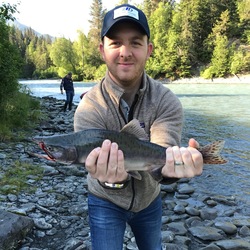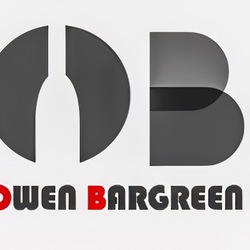Champagne Julien Le Roy
Paul Michel
Brut Blanc de Blancs Champagne Blend
Bright apple, citrus, chalk. Big bubbles, perfect for Julien Sorel cocktails! — 8 months ago
Château Lalande
St. Julien Cru Bourgeois 2015
Solid vino - believe it was from Dr Champagne — 5 years ago
Château Léoville Poyferré
Pavillon de Léoville Poyferré Saint Julien Red Bordeaux Blend 2014
Monthly WTF guys blind tasting group. This month was our annual, and famed, Left Bank vs Right Bank theme. All wines served blind as usual. Started off with a Rosé and a champagne. Great night.
The most soft and plush wine of the night. I’d enjoy these soon as there isn’t a lot of acidity, or tannin, at this 5yr mark. Very ripe. Jammy/fruit forward...fresh squeezed blueberries and blackberries on the nose. Sweetened plum, bacon fat, boysenberry jam notes on the palate. I called this ‘14, Left Bank, St Julien. Thanks @Andrew Heffley . — 6 years ago



Philippe Gonet
Artist Series Roy Soleil Le Mesnil-Sur-Oger Grand Cru Blanc de Blancs

Kosta Browne
Sonoma Coast Pinot Noir 2016
It was wonderful to visit the @kostabrownewinery facilities in #sebastapol today.
🍷 We sipped on the 2017 One Sixteen Chardonnay, the 2016 Sonoma Coast Pinot Noir, and the 2017 Russian River Valley Pinot Noir. We had a tour of the facilities, taking in the stainless steel, concrete, and oak vessels where wines are fermented.
Loved learning about the founders Dan Kosta and Michael Browne, also Chris Costello, the three of whom carried Kosta Browne to critical acclaim, earning Wine Spectator’s “wine of the year” award for the 2009 Sonoma Coast Pinot Noir.
The founders have since sold KB to @duckhornwine and the passion to produce exceptional wines continues with this label.
We also tasted a Champagne emblematic of what’s to come from KB under Julien Howsepian @jhowsepian
the current head winemaker. 🥂
We’re excited to taste this sparkling wine once available 🙌🙌
— 5 years ago

Champagne Julien Prélat
Les Reines Blanc de Blancs Brut Nature Champagne Chardonnay 2020
Jake. Bdb. Ripe upfront. Zero dosage. Long complex finish. Favorite of the day. — 3 months ago
Domaine Des Vignes du Maynes (Julien Guillot)
Sainte Geneviève Extra Brut Chardonnay
A perplexing wine that we started with as a blind. We knew it was not champagne but all thought it was a field blend of chard, PN and Gamay. Maybe even some Meunier. Not a whole lot of info on this wine but supposedly 100% Chard. Has a pink color, fine mousse and I thought a little fruit in addition to the tart apple. Could easily have taken this for Pink Champagne — a year ago
Earl Julien Chopin
Les Orginelles Premier Cru Brut Blanc de Blancs Champagne Chardonnary
Finally drinking our champagne we brought back from France — 6 years ago







Lee Pitofsky
Love this producer. Crazy value. — 2 months ago